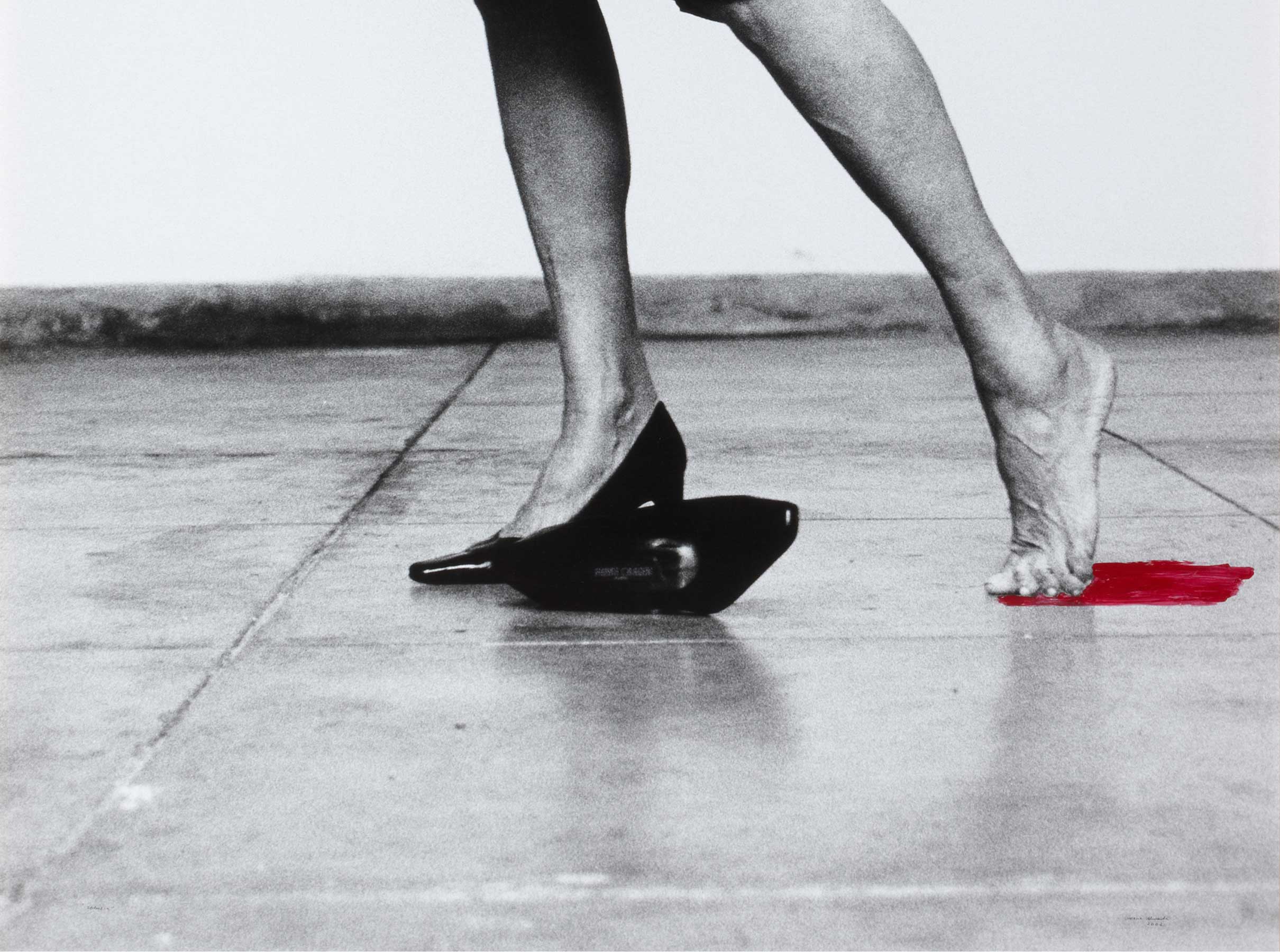Les albes de Segre [Les albes de Segre]
- 1982
- Oil on canvas
- 89 x 116 cm
- Cat. P_336
- Acquired in 1985
The Collection has two pieces by Joan Hernández Pijuan, which are typical of his oeuvre in the 1960s and in the mid-1980s. The first is one of his more metaphysical paintings, works that presaged the minimalising style (as he liked to call his painting in contrast to the minimal) which would become the hallmark of his artistic career by the end of the 1980s. In those still-lifes, which recall the stark Baroque tradition of Sánchez Cotán, he includes a solitary object in a corner of the canvas. In Small Blue Still-Life (1969) the shadow of a glass can be seen alongside an egg. However, the egg shape is the main feature of the piece: an egg that is about to fall towards us, the area of the immanent; that spatial connection also contains echoes of the Spanish Baroque reminiscent of Caravaggio.
Les albes de Segre (1982) shows the artist’s fondness for the landscape, in this case dawn somewhere in the province of Lérida. In his landscapes, Hernández Pijuan addresses his aesthetic reflections based on his memory of the environment, a memory also taken as experience and emotion. In this regard, he embraces a sentence from the Canadian Agnes Martin, a painter whom he greatly admired: ‘Anyone who can sit on a stone in a field awhile can see my paintings’. Hernández Pijuan argued, in this regard, that painting was a means of knowledge, claiming that when an artist gets to know a path, they must leave it in search of a new one. In this dawn the forms, which almost construct a horizon that divides the surface of the fabric, are subtly perceived, suggesting a haze of greys, whites, ochres and blues and just a hint of the morning to come.
Other works by Joan Hernández Pijuan

![Les albes de Segre [Les albes de Segre]](/f/webca/INF/assets/img/fff.png)